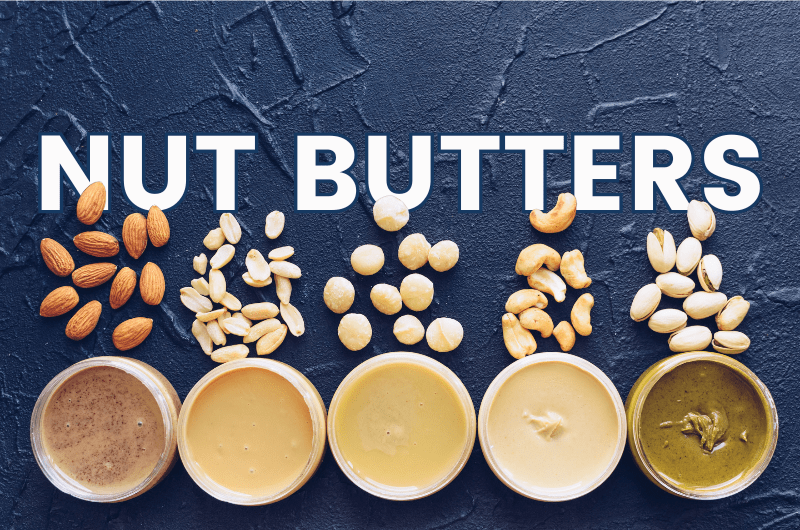Nut butters can be found in nearly every department inside the average supermarket either as a stand-alone consumer product, or as an ingredient in other foods. Additional traceability recordkeeping is required for “all types of tree nut and peanut butters” according to the FDA’s final rule on requirements for additional traceability records for certain foods (FSMA 204). If you manufacture, process, pack or hold nut butters or foods that contain nut butters, you need to know what the FDA isn’t telling you.
How does the FDA define nut butters?
The FDA’s Food Traceability List (FTL) includes all types of shelf stable, refrigerated, and frozen tree nut and peanut butters. Specifically, the FTL lists the examples of: almond, cashew, chestnut, coconut, hazelnut, peanut, pistachio and walnut butters. The FTL does not include soy or seed butters.
How many products does that include?
Nut butters appear in almost every department in the average supermarket – from shelf-stable granola to refrigerated snacks, frozen stir fry mixes to noodle salads in your deli case. Under FSMA 204, suppliers would need to share Key Data Element (KDE) records for each SKU containing nut butter, each time that product was delivered to a store or warehouse.
The retailer or wholesaler would then capture that KDE information, assemble it with other supply chain KDEs, and store that information in a way that it could be retrieved within 24 hours of an FDA request.
The number of products potentially impacted by the FSMA 204 traceability recordkeeping requirement is enormous. Peanut butter alone is found in more than 16,000 SKUs and almond butter in more than 12,000. When combined with cashew, hazelnut and other nut butters, the total number of potentially impacted SKUs climbs to more than 40,000!
Can you identify all nut butter products in your stores?
True, end-to-end traceability requires the exchange of KDEs from each impacted supplier with each delivery of FTL products. But you cannot track what you cannot identify.
The first step toward FSMA 204 food traceability compliance is to analyze the size of your problem. Start by collecting ingredient statements from all vendors whose products could potentially contain nut butters. Then, analyze the products to see what’s covered and which KDEs are required. Finally, onboard the impacted suppliers to your traceability solution to begin the exchange of data.
How long is this going to take?
While the FDA is telling you what types of products require additional recordkeeping, they’re not telling you how long it will take to:
- Identify those products, and
- Implement a traceability solution that will be in compliance with the FSMA 204 law.
Setting up a traceability solution, identifying your impacted suppliers, contacting them and onboarding them could take months or even years. Your solution must also include error detection and options for error resolution. Compliance with FDA’s food traceability law will take time – and people. Are you prepared? Probably not.
The FDA will begin enforcement in January 2026. Soon after, regular audits will begin. Contact ReposiTrak TODAY to talk about traceability for your food supply chain operation.
| “Foods subject to the final rule requirements appear on the Food Traceability List (FTL). The FTL includes fresh cut fruits and vegetables, shell eggs, and nut butters, as well as certain fresh fruits, fresh vegetables, ready-to-eat deli salads, cheeses, and seafood products…and…foods that contain listed foods as ingredients, provided that the listed food that is used as an ingredient remains in the same form (e.g., fresh) in which it appears on the list.”
www.fda.gov/food/food-safety-modernization-act-fsma/food-traceability-list |

